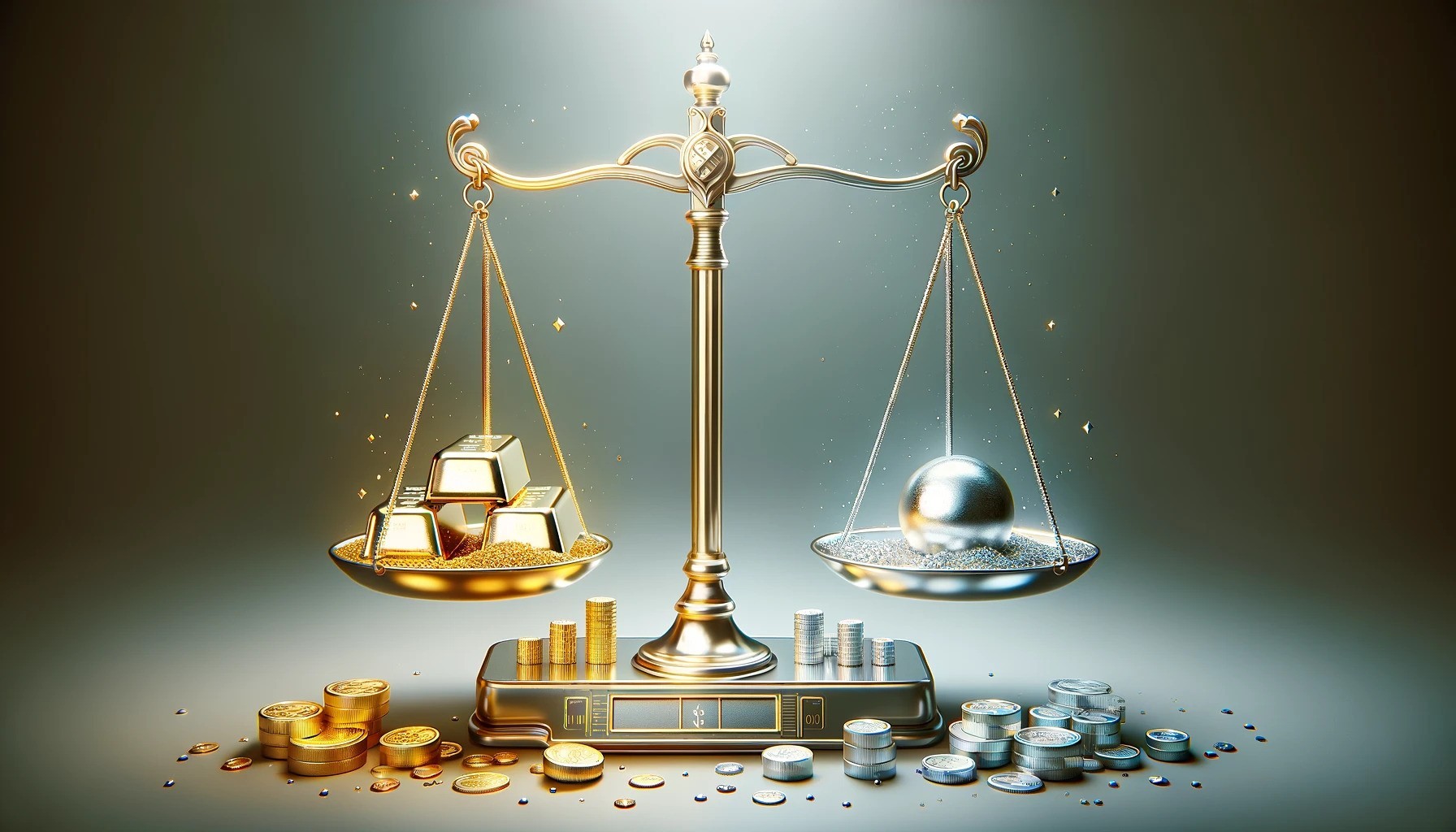(Mike Maharrey, Money Metals News Service) Silver demand is expected to rise 1 percent, hitting 1.2 billion ounces in 2024, the second-highest level on record, according to projections by the Silver Institute.
Industrial demand for silver is expected to lead the growth in global demand this year with a 4 percent increase to a record 690 million ounces. That would build on the all-time high industrial demand in 2023. Continued growth in the solar energy sector and the automotive industry will continue to be key drivers of growth.
The push for green energy is expected to provide long-term support for the silver market.
According to the Silver Institute, global photovoltaic installations significantly exceeded market expectations in 2023, and new capacity additions are forecast to reach another record high this year. Silver offtake will also benefit from a technological breakthrough bringing new, higher-efficiency N-type solar cells into mass production. These solar cells use even more silver than the older technology.
According to a 2022 research paper by scientists at the University of New South Wales, solar manufacturers could consume over 20 percent of the current annual silver supply by 2027. And by 2050, solar panel production will use approximately 85–98 percent of the current global silver reserves.
Some analysts speculate that silver demand for photo production will eventually flatten as the industry develops cheaper alternatives to the white metal. But according to the paper, even if the industry finds ways to reduce the use of silver in individual panels, overall demand will still increase.
The results show that the current rate of reduction in silver consumption is not sufficient to avoid increasing silver demand from the PV industry and that the transition to high-efficiency technologies including TOPCon (a more advanced N-type silicon cell technology, first scaled in 2019) and SHJ (Silicon heterojunction solar cells, which are very efficient) could greatly increase silver demand, posing price and supply risks.
The green energy sector should also remain relatively recession-proof due to government commitments to funding it.
Meanwhile, a projected recovery in the consumer electronics market should further boost industrial silver demand.
The silver jewelry market is also projected to set a record in 2024, rising 6 percent. A resurgence in Indian jewelry demand is expected to drive the increase.
The Silver Institute expects investment demand to decline in 2024, sagging to a 6-year low. According to its analysis, demand in the U.S. will likely lead the way as stocks surge and economic growth thanks to anticipated Federal Reserve interest rate cuts.
There is a blind spot in the Silver Institute’s analysis. It does not seem to anticipate anything breaking in the U.S. economy due to higher interest rates. A financial crisis would crater that expected economic growth and tank the stock market. There are already signs of stress in the banking system and the commercial real estate market is ripe for a crisis.
If something breaks in the economy, this scenario would likely send investment demand soaring, but could put a damper on industrial offtake.
On the supply side, the Silver Institute projects a recovery in mine output, pushing total supply up 3 percent to an 8-year high of 1.02 billion ounces.
This will be somewhat offset by a decline in silver recycling.
Even with the recovery of mine output, the Silver Institute projects another market deficit in 2024 with demand outstripping supply. This would mark the fourth straight year of a structural market deficit and further cut into silver reserves.
Although this year’s deficit is expected to ease by 9 percent to 176 Moz (194 Moz in 2023), it will still be exceptionally high by historical standards.
Silver Is Not Priced for These Market Dynamics
As we reported last month, silver is not priced for these market dynamics.
At between $22 and $23 an ounce, silver is on sale.
The gold:silver ratio has spread to almost 90:1. That means it takes almost 90 ounces of silver to buy one ounce of gold. This is a historically wide spread.
The average gold:silver ratio in the modern era has generally ranged between 40:1 and 60:1. When the ratio widens far beyond that range, as it has in recent years, it typically returns toward that mean.
For instance, the ratio fell to 30:1 in 2011 and below 20:1 in 1979.
The pandemic era provides a more recent example. As the Fed cut rates and launched quantitative easing to prop up a shaky economy caused by rate hikes the prior year, the gold:silver ratio climbed to nearly 93:1. As sliver rallied along with gold, the gold:silver ratio plunged from over 100:1 to just over 64:1, close to the high end of the historical norm.
It’s pretty clear that silver isn’t priced for the current demand dynamics.

